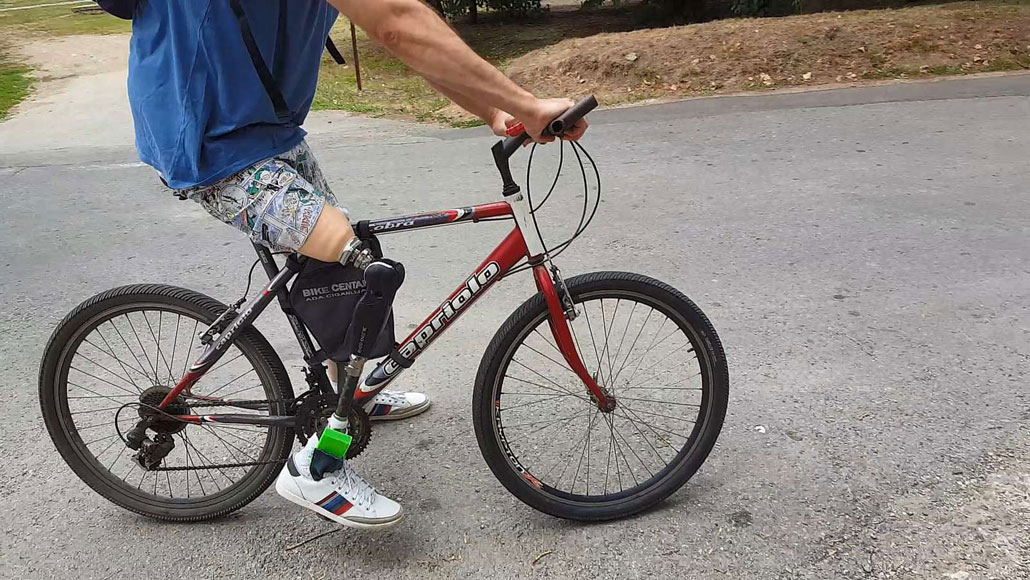
A prosthetic that senses foot pressure and knee angle may make all sorts of physical activity easier for an amputee, a new study suggests.
Federica Barberi

A prosthetic that senses foot pressure and knee angle may make all sorts of physical activity easier for an amputee, a new study suggests.
Federica Barberi